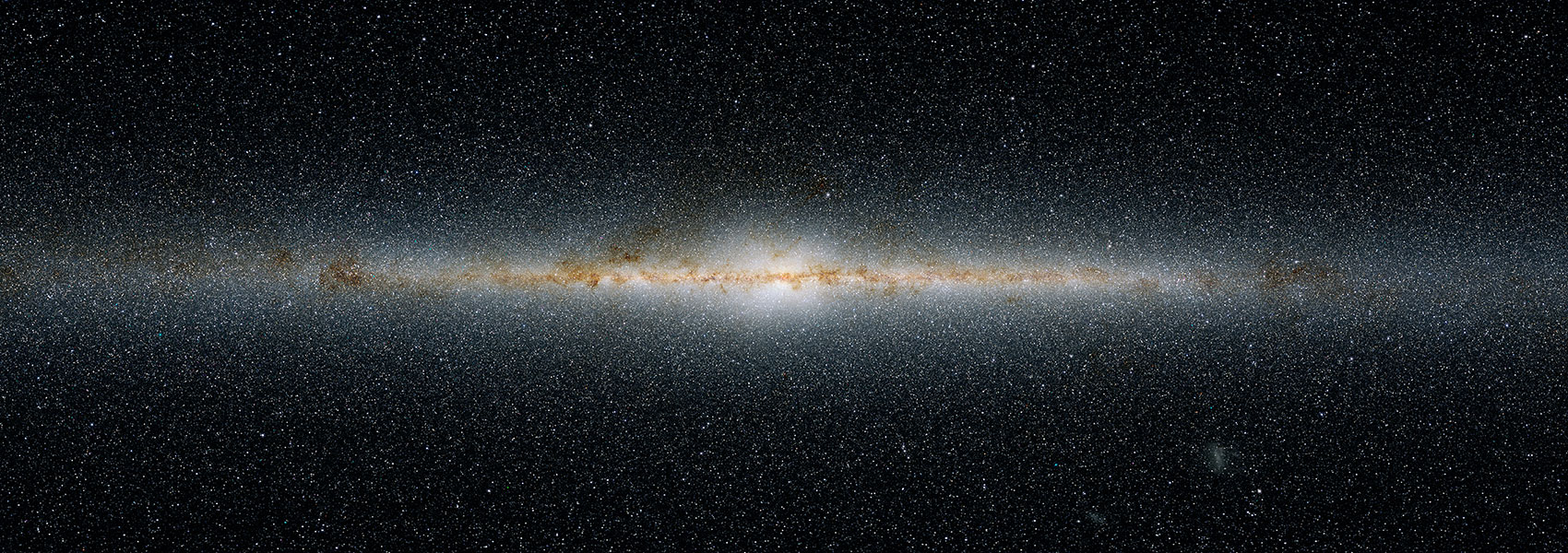June
2016
•
2016MNRAS.459..957B
Authors
•
Bitsakis, T.
•
Dultzin, D.
•
Ciesla, L.
•
Díaz-Santos, T.
•
Appleton, P. N.
•
Charmandaris, V.
•
Krongold, Y.
•
Guillard, P.
•
Alatalo, K.
•
Zezas, A.
•
González, J.
•
Lanz, L.
Abstract
•
We present an in depth study on the evolution of galaxy properties in compact groups over the past 3 Gyr. We are using the largest multiwavelength sample to-date, comprised 1770 groups (containing 7417 galaxies), in the redshift range of 0.01 < z < 0.23. To derive the physical properties of the galaxies, we rely on ultraviolet (UV)-to-infrared spectral energy distribution modelling, using CIGALE. Our results suggest that during the 3 Gyr period covered by our sample, the star formation activity of galaxies in our groups has been substantially reduced (3 to 10 times). Moreover, their star formation histories as well as their UV-optical and mid-infrared colours are significantly different from those of field and cluster galaxies, indicating that compact group galaxies spend more time transitioning through the green valley. The morphological transformation from late-type spirals to early-type galaxies occurs in the mid-infrared transition zone rather than in the UV-optical green valley. We find evidence of shocks in the emission line ratios and gas velocity dispersions of the late-type galaxies located below the star forming main sequence. Our results suggest that in addition to gas stripping, turbulence and shocks might play an important role in suppressing the star formation in compact group galaxies.
Links




